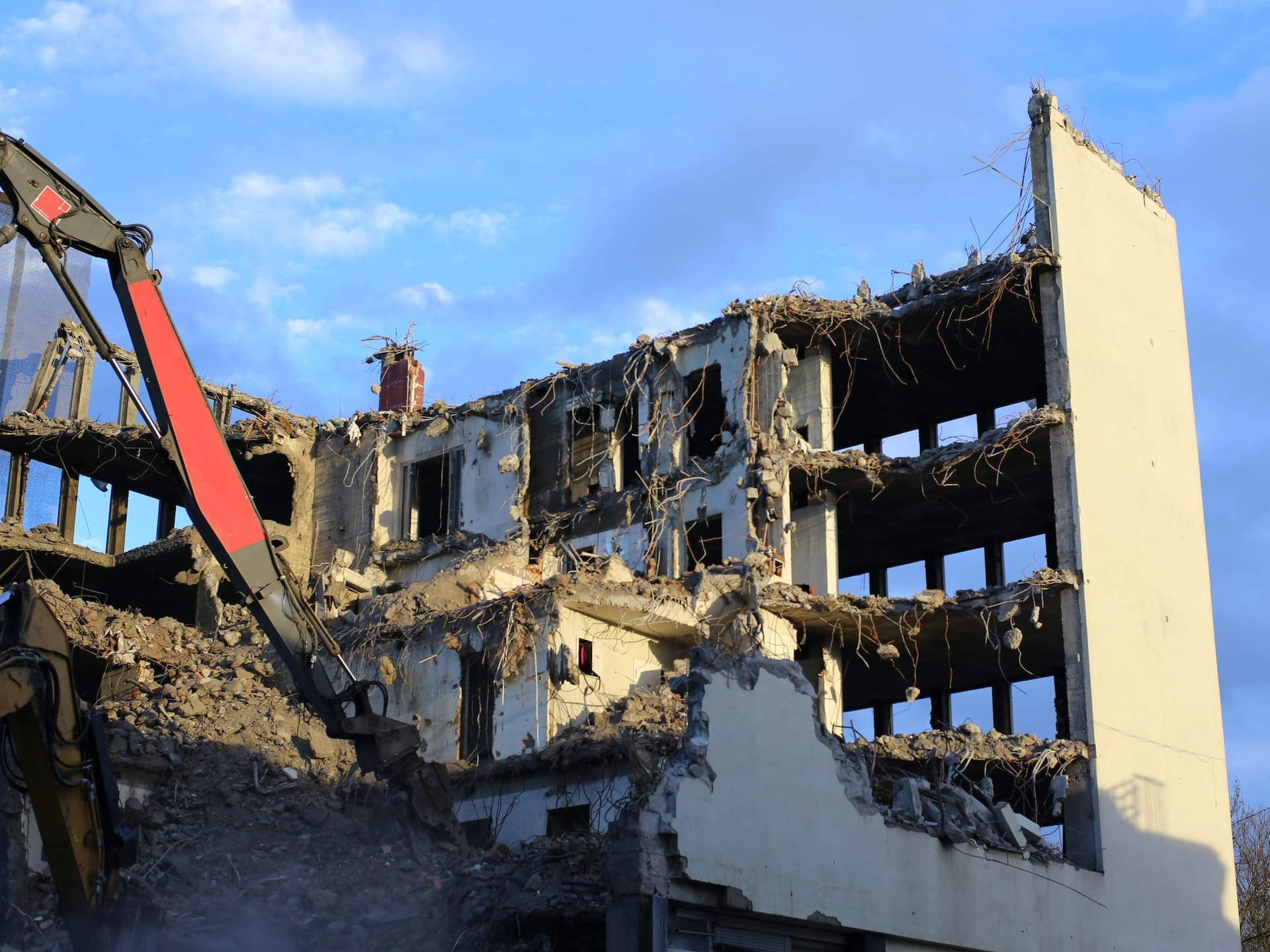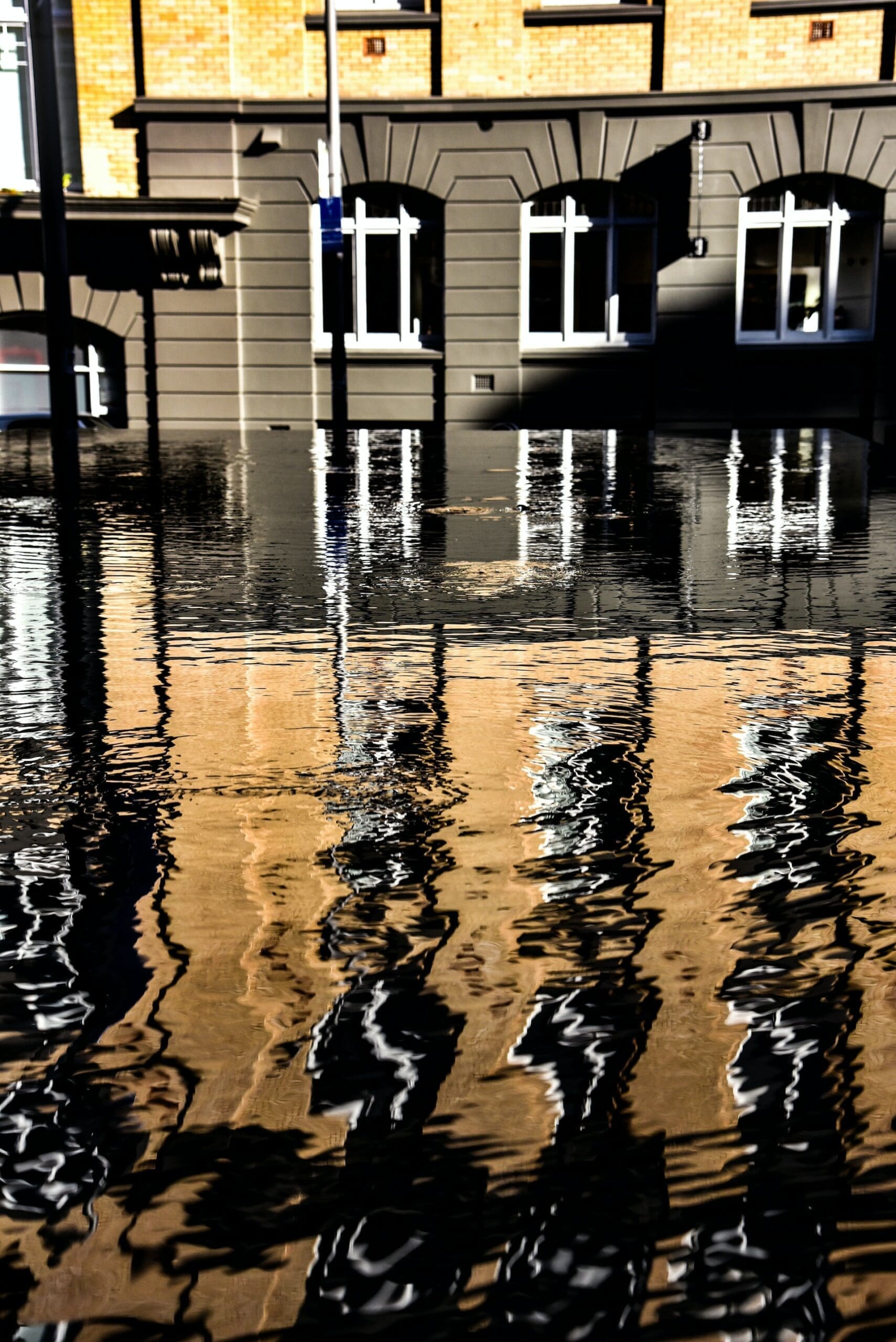Between DIY cleaning myths, scary headlines about black mold, and questionable advice online, it’s no wonder people are confused about mold. In dense, older NYC and Long Island homes — where ventilation is tricky and moisture sneaks into walls and floors — these questions come up a lot.
We pulled nine of the most searched mold-related questions that tend to spark the most confusion. Here are clear, expert-backed answers for homeowners who want facts over fear.
1. How bad is black mold?
Black mold (Stachybotrys chartarum) can be serious — especially if it’s left untreated in humid, enclosed spaces. It produces mycotoxins that may affect indoor air quality and cause symptoms like coughing, headaches, and sinus issues. That said, not all black-colored mold is the toxic kind, and the presence of black mold doesn’t always mean health disaster. In NYC apartments, the real danger is when moisture builds up behind walls or under floors, where mold can grow unnoticed for months.
2. Does Lysol kill mold?
Lysol may disinfect surfaces and reduce mold spores, but it doesn’t kill mold at the root — especially not on porous materials like drywall or wood. It’s not EPA-approved as a mold removal agent. In NYC homes with aging materials and layered surfaces, using Lysol may reduce smell but not solve the problem. For lasting results, you need products that penetrate deep or professional-grade fungicides.
3. Is aspergillus penicillium mold dangerous?
Yes — in high concentrations or long-term exposure, Aspergillus and Penicillium molds can be harmful, particularly for people with weakened immune systems, asthma, or mold allergies. These are very common indoor molds and are frequently found in NYC buildings, especially in water-damaged insulation, window frames, or HVAC systems. Symptoms may include sinus irritation, fatigue, or respiratory distress. Proper testing and containment are key if they’re detected.
4. Is mold alive?
Yes — mold is a living organism, a type of fungus that feeds on organic materials (like wood, paper, and dust). It reproduces by sending airborne spores into the environment. That’s why just cleaning visible spots isn’t enough — the real issue is what’s happening behind what you can see. NYC’s layered walls, baseboards, and ceiling cavities often hide active mold colonies that continue growing unless fully removed.
5. Does bleach kill black mold?
Bleach may discolor mold and kill surface-level spores on non-porous materials, but it doesn’t penetrate deep enough to kill black mold in porous materials like drywall or wood. Worse, bleach can weaken the surface and create more moisture — which feeds the mold. Many NYC landlords still rely on bleach, but it’s outdated. EPA-registered antifungals and professional remediation are far more effective.
6. How to clean mold off wood with vinegar
Vinegar is a safe and effective mold cleaner for wood:
- Spray undiluted white vinegar on the affected area.
- Let it sit for 60 minutes.
- Scrub gently with a soft brush.
- Wipe and dry thoroughly.
Avoid over-soaking, especially on antique wood or wood flooring. NYC homes with exposed trim, moldings, or window sills often benefit from this method — but if the mold returns, it may be deeper than vinegar can reach.
7. How to prevent mold
To prevent mold:
- Keep humidity below 50% using dehumidifiers.
- Ventilate bathrooms, kitchens, and laundry areas.
- Fix leaks quickly — even minor drips.
- Don’t block air vents with furniture.
- Dry clothes and towels completely before storing.
In NYC buildings where airflow can be limited, mold prevention often means improving ventilation and controlling moisture with regular inspections, especially in basements or older units.
8. What will kill black mold?
For non-porous surfaces: vinegar, hydrogen peroxide, or baking soda can help.
For porous materials: EPA-registered antifungals or professional remediation are needed.
The goal isn’t just to “kill” mold — it’s to remove it completely and prevent recurrence. In NYC homes, this often requires air scrubbing, material replacement, and clearance testing for safe reentry.
9. How to check for black mold
Signs of black mold may include:
- Dark spots or patches on walls or ceilings
- Musty odors that don’t go away
- Respiratory symptoms that worsen indoors
- Peeling paint or bubbling surfaces
You can also use a mold test kit or hire a professional mold inspector. In NYC, certified mold assessments are especially important due to the number of hidden-wall issues and overlapping building materials that can mask mold growth.
Not sure what kind of mold you’re dealing with?
We help NYC and Long Island property owners safely identify, treat, and remove black mold and other indoor contaminants. Contact our certified team here to get started.



